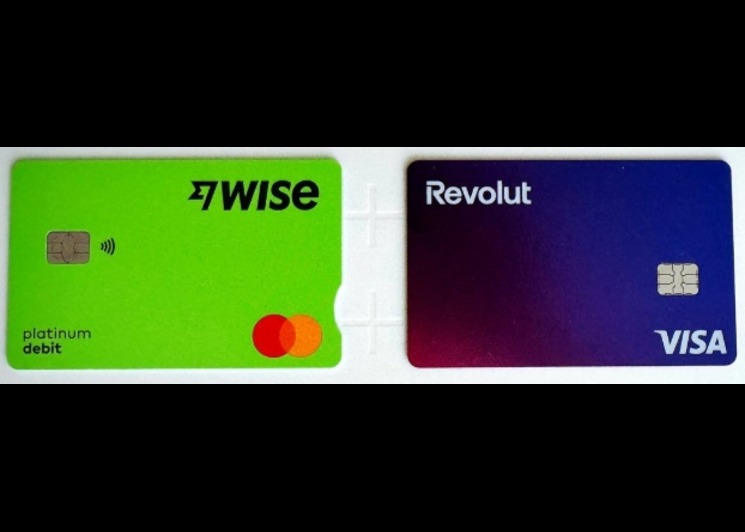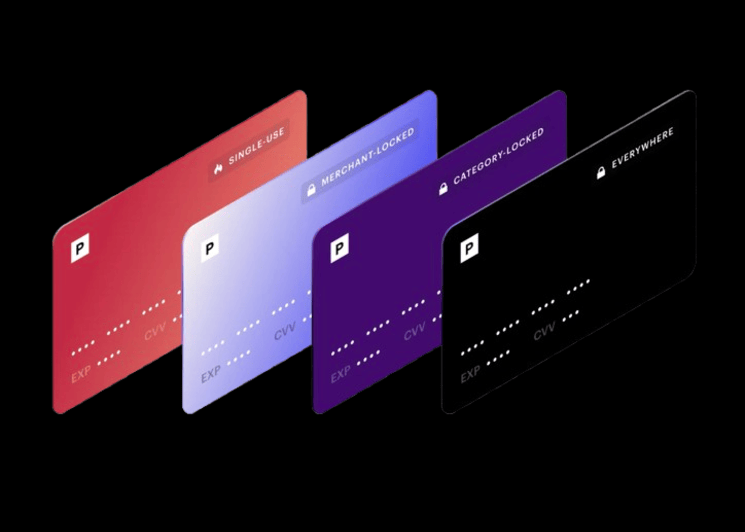Expense Reports: The Overlooked Tool That Keeps Business Spending on Track
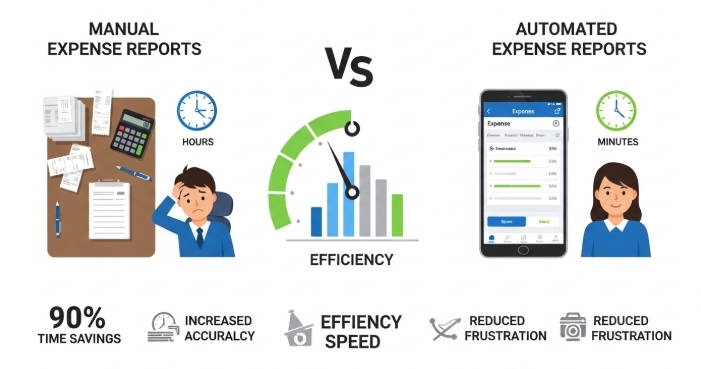
In any business, from startups to large corporations, tracking money going out is just as important as tracking money coming in. That’s where Expense Reports come in. They help you see where company funds are being spent, whether it’s travel costs, software subscriptions, or office supplies. When managed well, Expense Reports don’t just record spending, they reveal spending habits, highlight inefficiencies, and make financial planning far easier. Tools like Bycard can streamline this process by connecting spending directly to reports, reducing errors, and improving clarity.
- Expense Reports: The Overlooked Tool That Keeps Business Spending on Track
What Are Expense Reports?
At their simplest, Expense Reports are documents employees use to detail business-related expenses. These can be one-off reports for a trip or recurring monthly submissions summarizing various purchases. Each entry typically includes the date, amount, description, category, and supporting receipts.
Modern businesses often use digital tools or platforms like Bycard instead of manual spreadsheets. These systems automatically capture receipts, categorize costs, and sync data with accounting software, saving time and reducing human error.
Why Expense Reports Are Essential
- Accountability: Every expense is traceable, ensuring company funds are used appropriately.
- Transparency: Managers can see where money goes across teams, projects, and departments.
- Tax compliance: Reports make it easier to justify deductible business expenses when filing taxes.
- Faster reimbursements: Employees get paid back faster when expenses are recorded correctly.
- Better budgeting: Over time, Expense Reports provide insights that help forecast and control future costs.
Without proper reports, businesses risk losing track of spending, missing tax deductions, or even inviting financial discrepancies that hurt trust and credibility.

Perfect Card for managing business expenses!
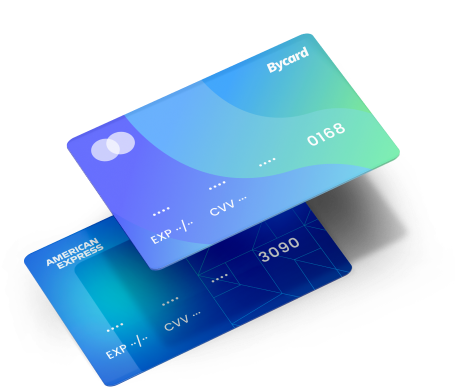
Key Components of a Good Expense Report
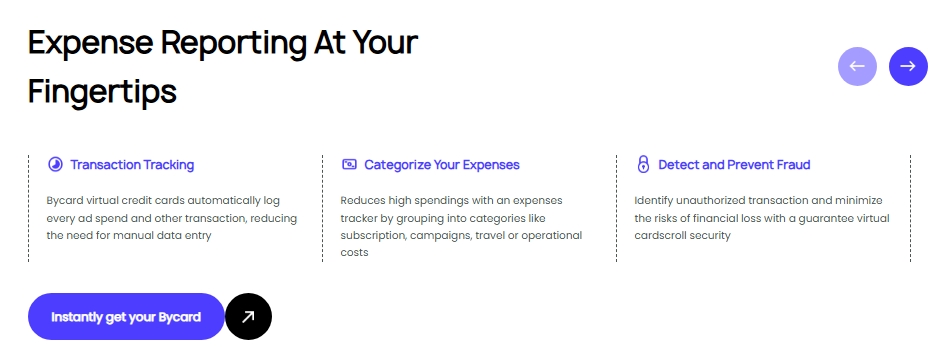
A solid Report template or system should capture:
| Component | Description | Why It Matters | Example |
| Employee Details | Name, department, and role | Identifies who submitted the expense | John Doe, Marketing Team |
| Expense Category | Travel, meals, supplies, subscriptions | Helps track spending patterns | Travel, Lunch with client |
| Date & Vendor | When and where the expense occurred | Provides context and audit trail | 12 Oct 2025 – Starbucks |
| Payment Method | Personal or company card | Clarifies reimbursement method | Company Visa Card |
| Receipt | Uploaded/scanned proof of the transaction | Ensures authenticity and compliance | Digital receipt photo |
| Approval Status | Approved, pending, or rejected | Tracks review workflow | Approved by Finance Manager |
The Role of Technology in Managing Expense Data
According to a 2024 survey by Certify, businesses that automated their Expense Reports cut processing time by nearly 75% and reduced errors by 60%. These savings are not just in time, they directly affect cash flow management and financial accuracy.
When Reports integrate with accounting systems, finance teams can instantly match transactions, reconcile accounts, and generate insights into company spending trends.
How Bycard can simplify Expense Reports
If your team struggles with lost receipts, cross-border payments, or messy reconciliation, Bycard offers a practical solution. Bycard issues instant virtual cards for campaigns, projects, or employees, so each card’s transactions are already tied to a purpose. The platform combines receipt management, budget controls, and reconciliation tools, making it easier to build accurate reports. Receipts are captured at point-of-sale, spending limits prevent policy breaches, and reconciliation tools match card activity to submitted reports. Using Bycard alongside accounting software shortens the time between spending and reimbursement, reduces manual errors, and keeps monthly books clean.
Integration Tips for Using Bycard with Expense Data
- Assign a virtual card to each project or expense category, like marketing, travel, or subscriptions, for easier tracking.
- Capture receipts at the point of purchase using Bycard’s mobile upload feature, ensuring every transaction is documented.
- Export transactions directly to your accounting software for faster reconciliation and month-end closes.
Common Challenges with Expense Data
Even with digital tools, managing expenses isn’t always smooth. Common pain points include:
- Delayed submissions: Employees forgetting to file reports on time.
- Missing receipts: Especially for small purchases.
- Policy violations: Expenses claimed outside company rules.
- Data inconsistencies: Manual entries that don’t match receipts.
Tools like Bycard can help address many of these challenges by enforcing spending limits, capturing receipts automatically, and connecting transactions to the reporting workflow.
Best Practices for Managing Expense Reports
- Set clear guidelines. Define what qualifies as a reimbursable expense and what doesn’t.
- Encourage timely submissions. Set monthly or trip-based deadlines.
- Automate approval workflows. Let managers approve or reject expenses with one click.
- Use data analytics. Review patterns from reports to spot overspending or optimize budgets.
- Integrate with payroll and accounting. This ensures reimbursements are accurate and quick.
A good practice is to have all reports submitted by the end of each month. This rhythm helps finance teams close books faster and keeps everyone accountable.
How Expense Reports Influence Business Decisions

Expense data isn’t just administrative, it’s strategic. Over time, reports can reveal how efficiently teams operate. For example, high travel costs might suggest a need for remote meeting tools. Rising marketing expenses could lead to deeper ROI analysis.
By analyzing expenses, management can make informed decisions about cost-cutting, supplier negotiation, or investment opportunities. In fact, data-driven businesses using expense analytics report up to 20% better cost efficiency, according to Deloitte’s 2023 financial operations study.
The Future of Expense Reports
As businesses continue to evolve, the way reports are managed is also changing. AI and automation will continue to shape how reports are created, verified, and analysed. Imagine systems that auto-approve compliant expenses or detect potential fraud without human review.
Blockchain-based receipt verification and predictive analytics are also on the horizon, making financial transparency even stronger. As businesses scale globally, these technologies will make managing expenses across currencies and countries more seamless.
Conclusion
Expense Reports may seem like a routine administrative task, but they are essential for financial clarity and effective decision-making. When done well, they connect daily spending with strategic planning, build accountability, and give businesses a clear view of their financial health.
Tools like Bycard enhance this process by automatically capturing transactions, attaching receipts, and simplifying reconciliation. This not only reduces errors and saves time but also makes reports more accurate and actionable, turning what was once a manual chore into a streamlined, insightful tool for managing company finances.


